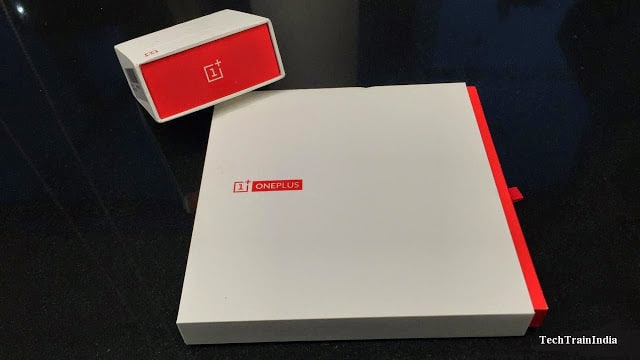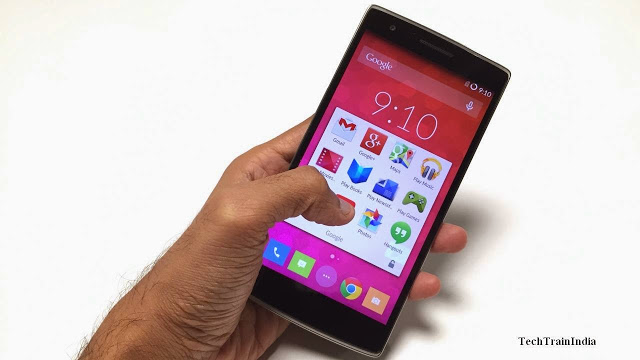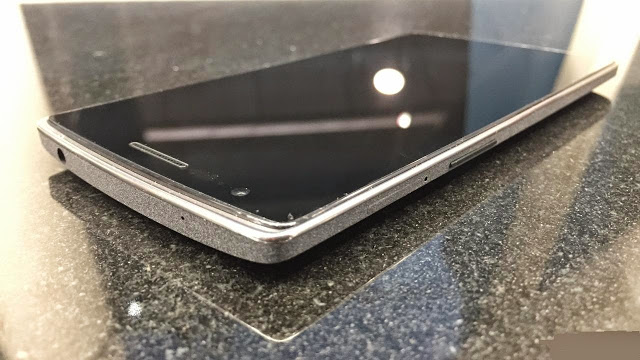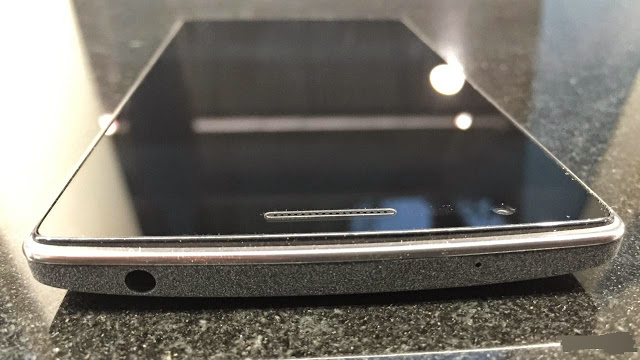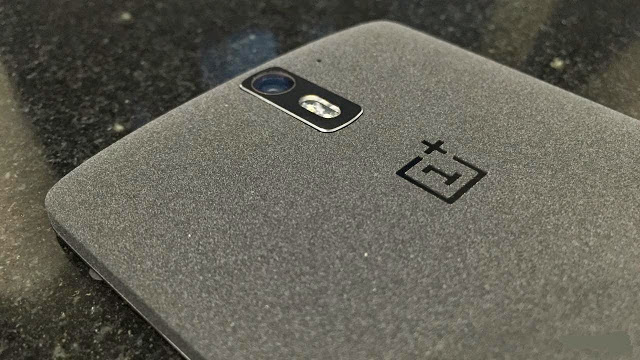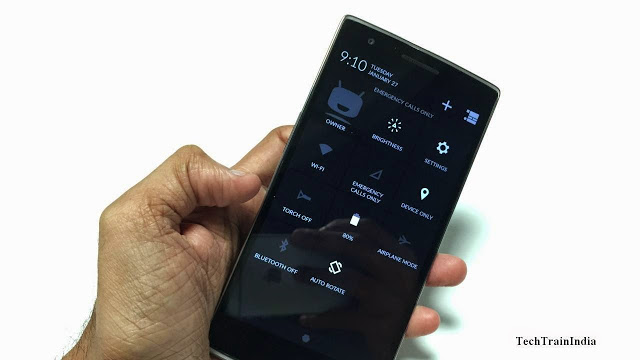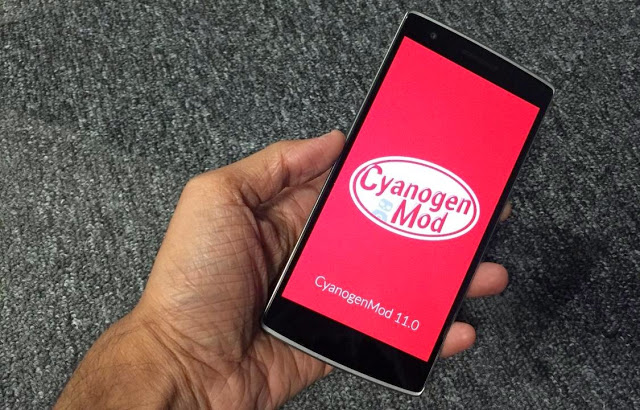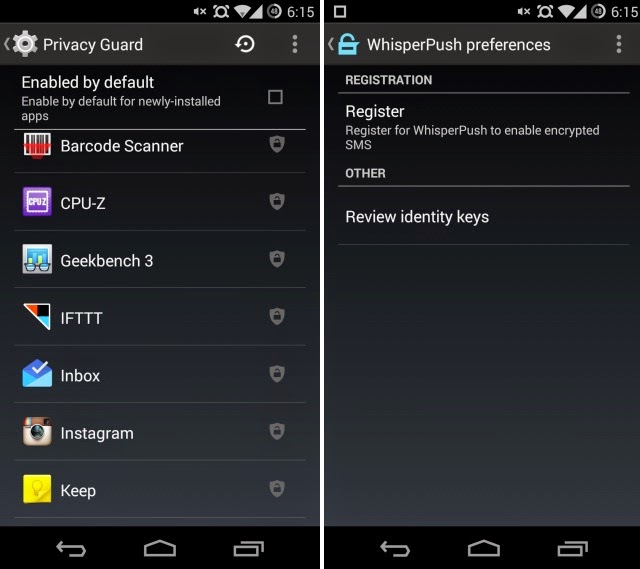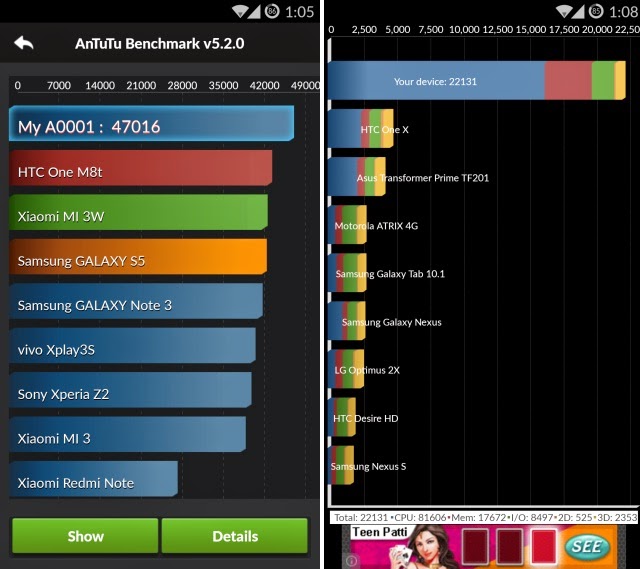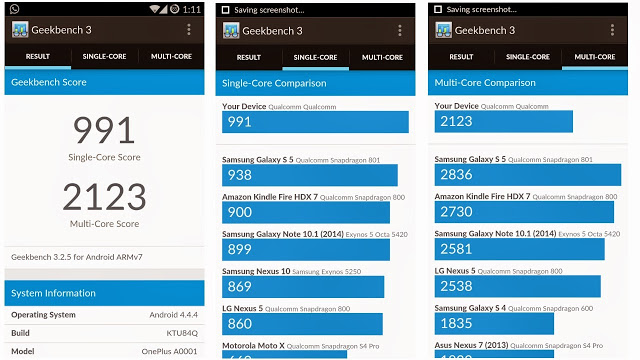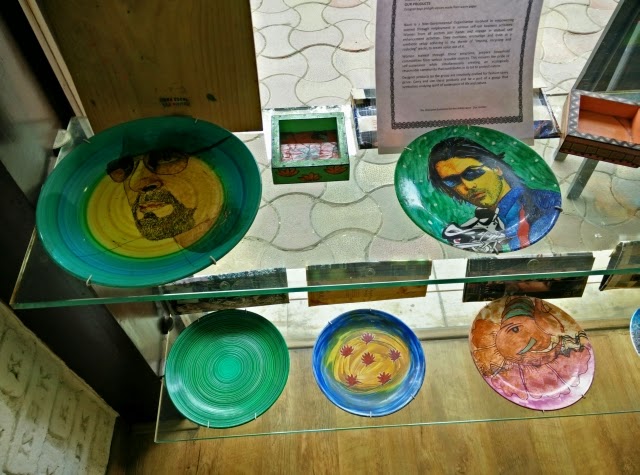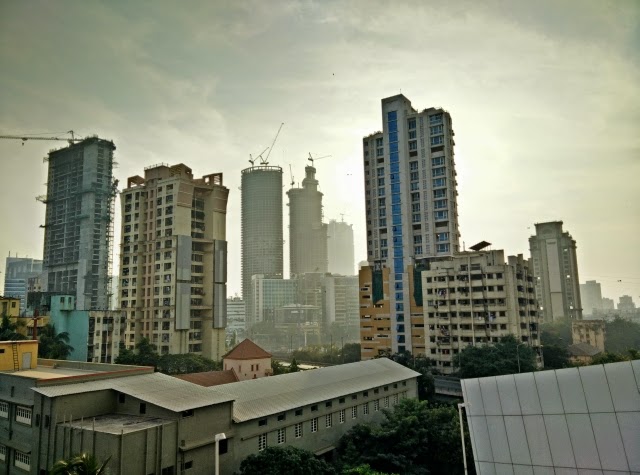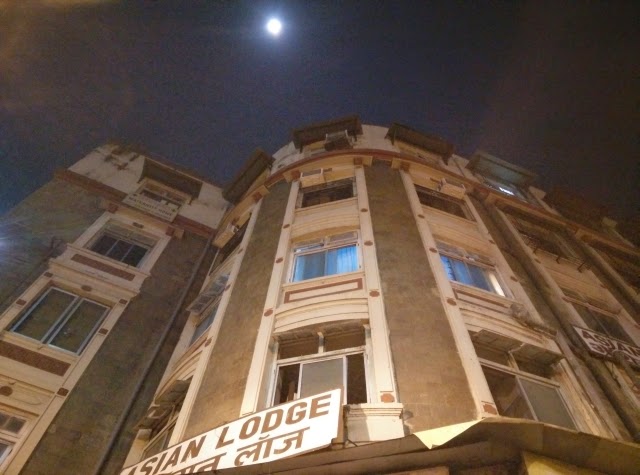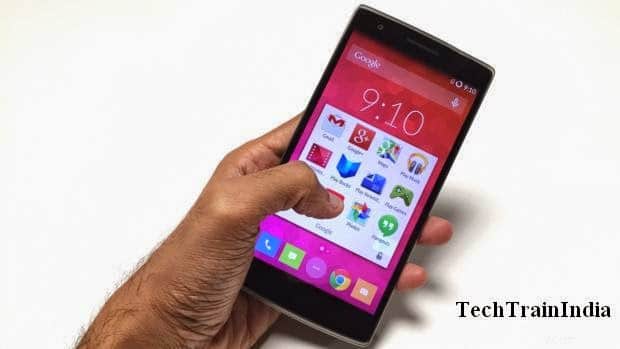
Product Review
Mobile phones have become a commodity in the current scenario. Every other day you hear about a new phone launch, a new phone maker in town and more. Barring the regular titans such as Samsung, Apple, Sony and HTC, few amongst the newest handset makers manage to generate a global buzz. Xiaomi, with its economically priced offerings in the form of the Mi3 and the RedMi 1S, vowed the Indian audience where most of its flash sales were sold out within seconds.
Another Chinese player that has garnered a lot of attention this year is OnePlus. Phone makers may take potshots at their rivals, come up with hilarious advertisements and so on. But OnePlus goes one step further as it adopts the tagline – 2014 Flagship Killer, Never Settle. That’s an ambitious tagline if there ever was one.
One of the main reason behind the buzz around OnePlus was being their unique idea to sell phones based on invitations only. Their OnePlus One was launched back in April, but thanks to its invite-only selling method, they could not boast of millions in sales numbers yet. The latest tally puts it at over 500,000 and it aims to cross the million mark by the end of the year. May be that’s another indicator of its December launch here? Who knows. The invite-only method has been discontinued in favour of the more familiar pre-order route – They have flash sales to that end. In an era when phone makers want to sell as many handsets as possible, this invite-only method was certainly unconventional, but led to a lot of word-of-mouth publicity.
Obviously, just the selling method isn’t the only reason behind the buzz. OnePlus One comes with top end specifications at an affordable price point and it comes with the Cyanogen Mod ROM of Android. A pre-rooted phone with flagship specs and an affordable price point – any Android geeks fantasy. So let us check out if the OnePlus One delivers on the ‘Flagship Killer’ buzz or is it just another phablet.
Build and Design: 8/10
OnePlus One has a 5.5-inch display which is surrounded on all sides by a metallic corner. There’s a slight dip on the top and the bottom of the display which shows the end of the glass front and beginning of the metallic edges. On the front, you only have the earpiece speaker section on the top and the front facing camera beside it. The display has a Corning Gorilla Glass 3 protection.
The rear cover – Sandstone black in our case – covers the majority of the rear side as well as the sides of the phone. In fact, the front glass is separated from the rear cover only with the silver metallic lining.
Although the rear cover is swappable, you will need a special instrument to get it to open as it offers a snug fit around the rear and sides of the phone. The Sandstone cover has a lovely texture which feels somewhat like a softer version of a regular sandpaper. It gives a great grip on the phone.
On the top of the phone you have the headphone jack whereas on the bottom you have the dual grilles for speakers with the microUSB charging port in the centre. The plastic-build sporting volume rocker button is on the left hand side and the power/standby button is on the right hand side.
Coming to the rear side you have the 13MP rear camera with a dual LED flash unit. You have a microphone places just beside the camera section. Below the camera is the OnePlus branding followed by the Cyanogen branding on the bottom of the rear side. We like the minimalist design of the phone. The curved rear also helps with grip. It weighs just 162 grams and is 8.9mm thick on the sides. OnePlus One does not have the Ingress Protection certification ie. it is not water and dust resistant.
Features: 8/10
One of the main reasons behind the buzz around the OnePlus One are the stellar internals. It houses a Snapdragon 801 system-on-chip with a 2.5GHz quad-core Krait 400 processor and Adreno 330 graphics processor. This is paired with 3GB of RAM. On the storage front, the Sandstone version offers 64GB of space of which 54.87GB is available to the user. There is no microSD card slot for this model. But with over 50GB of storage space, does one really need it?
It sports a 5.5-inch full HD display IPS LCD display puts the pixel density at 401 pixels per inch. That is quite a dense display and thanks to the Corning Gorilla Glass 3 covering, the phone is protected from accidental scratches. On the camera front you have the 13MP rear camera and a 5MP front camera. There is a 3100 mAh battery. You can remove the rear cover, but you can’t take out the battery.
Software: 8/10
CyanogenMod is the unique selling point of this phone which makes this phone pre-rooted and unique from most of the other phones out there which either come with a skinned user interface atop the Android OS or stock Android OS. One of the major advantages of pre-installed CyanogenMod firmware is that you have the root access and you can do a lot of customisations. We had the Android 4.4.4 KitKat OS with the CyanogenMod CM 11S custom ROM atop it.
Theme Showcase is one of the most interesting apps which lets you customise the look based on individual elements of a theme. So for instance you may choose the Font from one theme, icons from another theme, wallpapers from yet another theme and so on. You can toggle between the onscreen buttons for navigation (if you want to use the complete real estate of your device) or opt for soft keys like you would on regular Android phones. Apart from this, you can also add more buttons such as search, menu and so on along side the three regular soft keys (back, home and recent).
The other interesting app is ScreenCast app which lets you record your on screen navigations with the recording registering where you’ve touched the screen as well. With regular phones, you would need root access to do this.
AudioFX is another bundled app that lets you tweak the equaliser settings on your phone. There are some interesting security features as well such as Privacy Guard – lets you decide which apps can access your personal data, WhisperPush – lets you send encrypted SMSes, Blacklist and so on.
Performance: 7.5/10
Considering the OnePlus One houses a Snapdragon 801 SoC and comes with 3GB of RAM, we did not experience any lagging or stuttering while using the device. Animations are smooth and we did not experience any slowing down of the device despite opening multiple apps, over 20 Chrome tabs and so on. The update we tested it on was the 11.0-XNPH38R. As you can see from scores above, the One scores are comparable to that seen on the iPhone 6, LG G3 as well as Samsung Galaxy S5.
Call Quality is quite good indoors and there wasn’t any distortion on the earpiece speaker. However while outdoors in traffic situations, the high volume levels would still not manage to drown out the ambient noise. There were a lot of occassions, when on accepting calls the phone switched to speaker phone and we had to manually disable it. On the OnePlus forums, this is an issue that is being discussed. Hopefully the issue will be addressed in the next system update, although we aren’t sure if it is indeed a software issue.
The speakers located at the base of the phone are sufficiently loud. Despite your hands covering them while watching a movie in the landscape mode, we faced no issues while watching a movie indoors. Some of the AudioFX effects are not available in the speaker mode and you will need to invest in a pair of headset to get the effects such as Bass Boost and Surround Sound. We said you need to invest in a pair is because the bundle does not include any headsets.
It supports quad-band 2G and 3G along with 4G LTE bands. On the connectivity front, you have Wi-fi 802.11 a/b/g/n/ac, Bluetooth 4.1, NFC, Wi-fi Direct and DLNA. It supports GPS with GLONASS along with sensors such as a proximity sensor, gyroscope and accelerometer.
Display: 8/10
The 5.5-inch full HD display is good, although a tad reflective. The colours appear natural, although red was a bit too saturated. Thanks to the IPS panel, the viewing angles are great. The glass does tend to pick up fingerprints and smudges, but things aren’t as bad as we experienced with the LG G3 Beat. Legibility in sunlight is good. Watching movies was a good experience on the One and there’s no visible light bleeding during dark scenes.
Camera: 7.5/10
Being a flagship device, the OnePlus One has a 13MP rear camera with a BSI CMOS sensor and a 5MP front facing camera. It employs a Sony Exmor IMX214 sensor and the f/2.0 lens has six elements. Before we get into the performance bit of the camera, since this phone comes with the CyanogenMod firmware, the camera user interface is different from your stock Android UIs. While at first glance, it looks like the older Nexus camera, once you go into settings, it’s a whole different ball game.
For starters, you can change the shooting modes by just swiping through the main screen of the camera. You can change this by clicking on the magic wand icon within the circular icons. The settings menu is divided into three main parts – camera, video and general. You can even change the audio and video codecs. The video mode lets you shoot in 4K uncompressed format, full HD as well as time-lapse mode and the still camera mode lets you save images in the Raw format. It comes with Image Stabilisation Plus (IS+) which is basically another form of digital image stabilisation.
Image quality, as seen in the pictures above is a hit and miss affair. While daylight shots were exceptional, the same could not be said of low light photography or images taken at night. You do come across a lot of chroma noise in dark situations. The HDR mode was good and did not add any wierd colour tones to the skies as we had seen with the LG G3 Beat. The camera settings menu gives you a lot of options to play around with and you can even shoot in Raw mode if you want to get a lossless image to tweak later.
In the video performance test, we liked the output, but this isn’t a phone to shoot videos with while walking. The lack of image stabilisation creates a wobbly video thanks to jitters or breathing movements. This will get even more pronounced if you are shooting 4K. Sound recording was decent while shooting the video. We would use the OnePlus One to shoot videos from a steady position only. Else invest in a mobile tripod. As seen above, the video camera is able to keep a balanced exposure, despite the changing light and shadow regions.
Battery life: 8/10
The OnePlus One houses a 3,100mAh Li-Polymer battery which is non-removable. We ran our standard 8-hour loop test which comprises 2 hours of calling, 2 hours of video playback, 2 hours of audio playback and 2 hours of YouTube streaming and at the end of the One had around 28 per cent battery remaining. On regular usage, you can easily work with the One for over a day, which is good for this 5.5-inch full HD phone. It does charge slowly, taking a good 5 hours to go from zero to 100 per cent.
Verdict and Price in India
OnePlus One has been one impressive phone. It has the specs that are up there with the best of the phablets, but at a price which is hovering in the mid-range segment. While OnePlus One is still to officially launch in India, there are strong indications that the price will be under Rs 25,000. But for the purpose of the review, we have taken Rs 25,000 as the price for the 64GB variant (US pricing of $349 comes to approx Rs 21,500). Their 16GB variant costs $299 or approx Rs 18,400. At these price points, and keeping the performance offered in mind, the OnePlus One is a steal. Provided you can get your hands on one. OnePlus keeps having regular pre-order windows, but sadly India is not in the list of countries where they ship. So the next best bet is waiting for its official India launch.
The CyanogenMod CM11 lets you tweak the phone to your liking. Thanks to CM11 a lot of the apps which would require rooting your device, work smoothly. Although it did have issues since its launch (OnePlus One has been selling abroad since April) such as ghost swipes, a lot of them have been resolved over time with regular CM updates. We hope the issue with the earpiece speaker too is looked into in upcoming updates. We did not face any major issues or random rebooting with the handset. The settings app is highly detailed and you can customise it to your preferences.
Performance wise, we did not find any major issues. The Snapdragon 801 SoC and 3GB of RAM are great for most tasks and never slow down the phone. Games played smoothly. We liked the many settings on offer with the camera, although note that the back of the phone heats up when you are shooting full HD or 4K videos. Battery life is another big plus point. It can easily last over a day to a day and a half on regular usage. We would have liked to see a native battery saving feature as well.
Sure there are some issues such as image quality in low light photographs and lack of water and dust proofing – something which has become a standard in flagship phones. One handed use, as expected is difficult, but then that is the case with most phablets out there.
So if you are looking for a top of the line phablet, but do not have the budget for the likes of the Apple iPhone 6 Plus or the Samsung Galaxy Note 4, the OnePlus One is a great alternative. If you want a pure Android experience and like playing around with your phone settings and experimenting with your handset, this is an ideal device. At its price range, the OnePlus One has barely any competition. If the huge screen size is not to your liking, the closest option is the Google Nexus 5 but you get only 16GB of storage with it. Now with the Mi 3 almost having stopped its sale and Mi 4 still to launch in India – OnePlus One makes for a good buy at its price. We just hope the price point is indeed under Rs 25,000.
| Release date | April 2014 |
| Form factor | Touchscreen |
| Dimensions (mm) | 152.90 x 75.90 x 8.90 |
| Weight (g) | 162.00 |
| Battery capacity (mAh) | 3100 |
| Removable battery | No |
| Colours | Sandstone Black, Silk White |
| SAR value | NA |
| Screen size (inches) | 5.50 |
| Touchscreen | Yes |
| Touchscreen type | Capacitive |
| Resolution | 1080×1920 pixels |
| Pixels per inch (PPI) | 401 |
| Colours | 16M |
| Processor | 2.5GHz quad-core |
| Processor make | Qualcomm Snapdragon 801 |
| RAM | 3GB |
| Internal storage | 16GB |
| Rear camera | 13-megapixel |
| Flash | Yes |
| Front camera | 5-megapixel |
| Operating System | CyanogenMod 11S |
| Java support | Yes |
| Browser supports Flash | Yes |
| Wi-Fi | Yes |
| Wi-Fi standards supported | 802.11 a/ b/ g/ n/ ac |
| GPS | Yes |
| Bluetooth | Yes, v 4.00 |
| NFC | Yes |
| Infrared | No |
| DLNA | No |
| Wi-Fi Direct | No |
| MHL Out | No |
| HDMI | No |
| Headphones | 3.5mm |
| FM | No |
| USB | Micro-USB |
| Charging via Micro-USB | Yes |
| Proprietary charging connector | No |
| Proprietary data connector | No |
| SIM Type | Micro-SIM |
| GSM/ CDMA | GSM |
| 3G | Yes |
| Compass/ Magnetometer | Yes |
| Proximity sensor | Yes |
| Accelerometer | Yes |
| Ambient light sensor | Yes |
| Gyroscope | Yes |
| Barometer | No |
| Temperature sensor | No |

